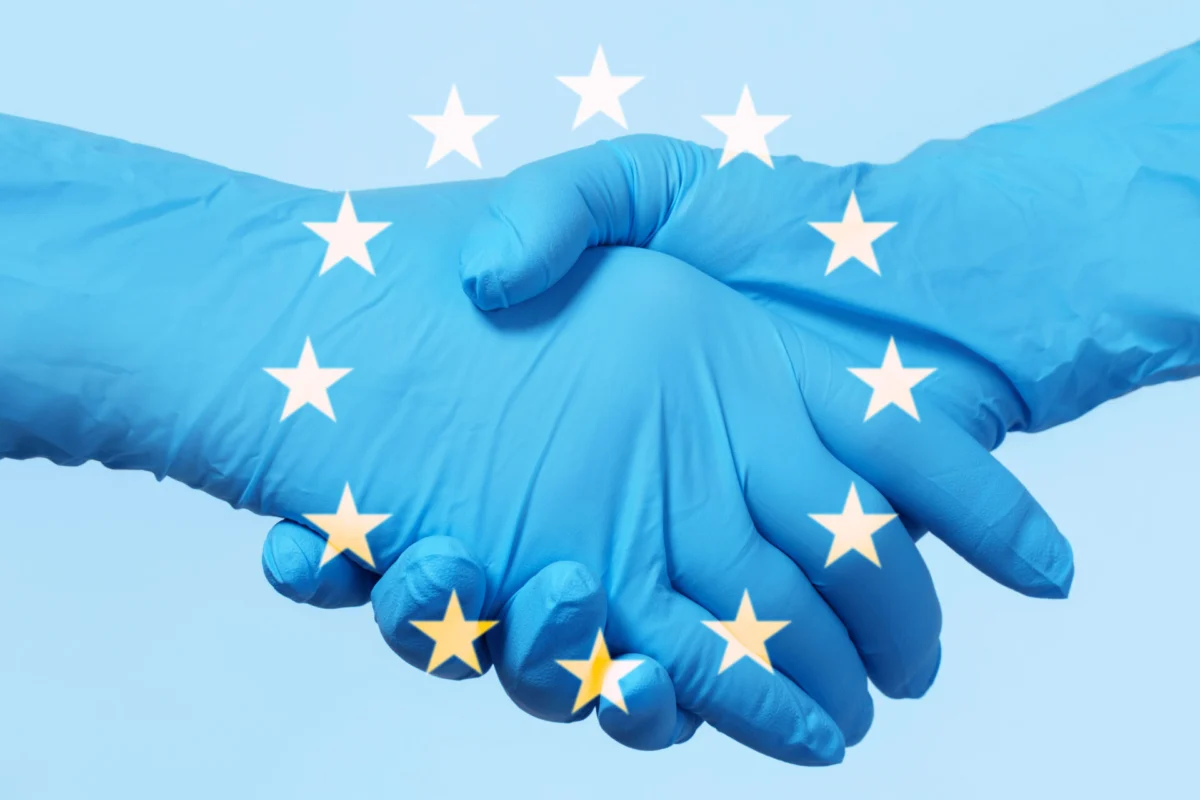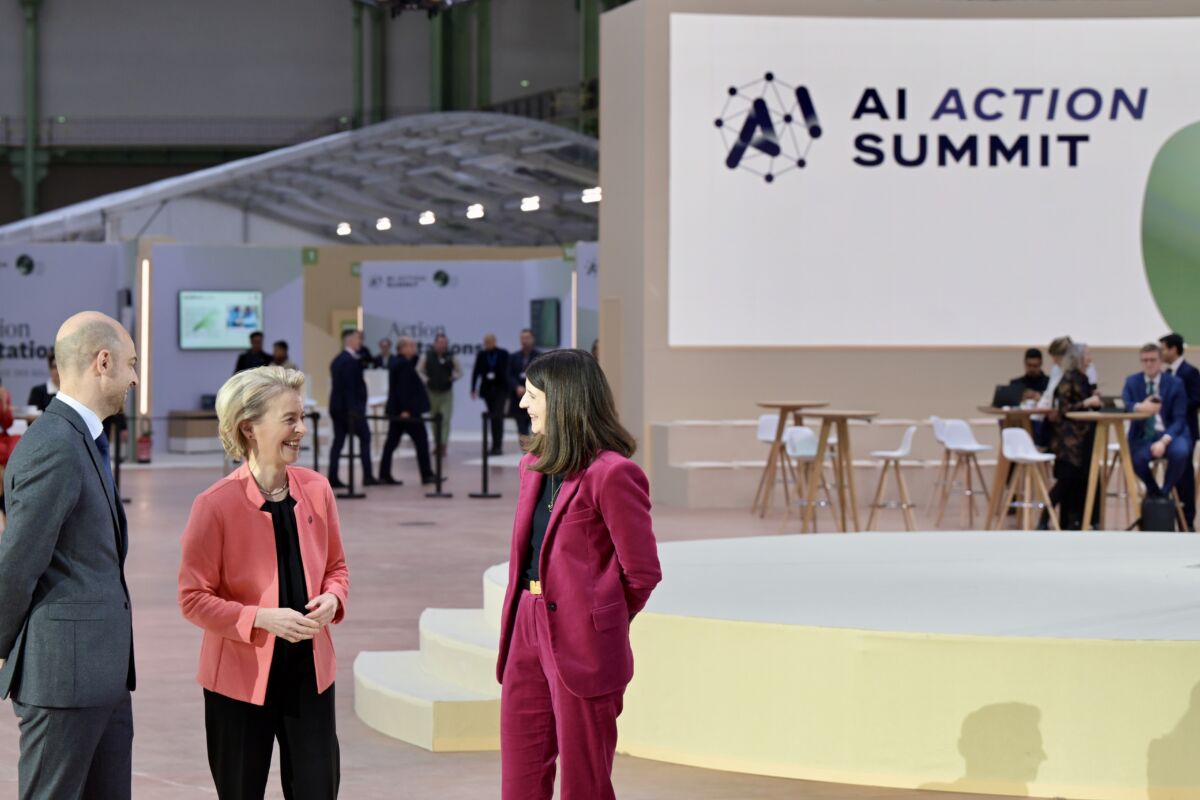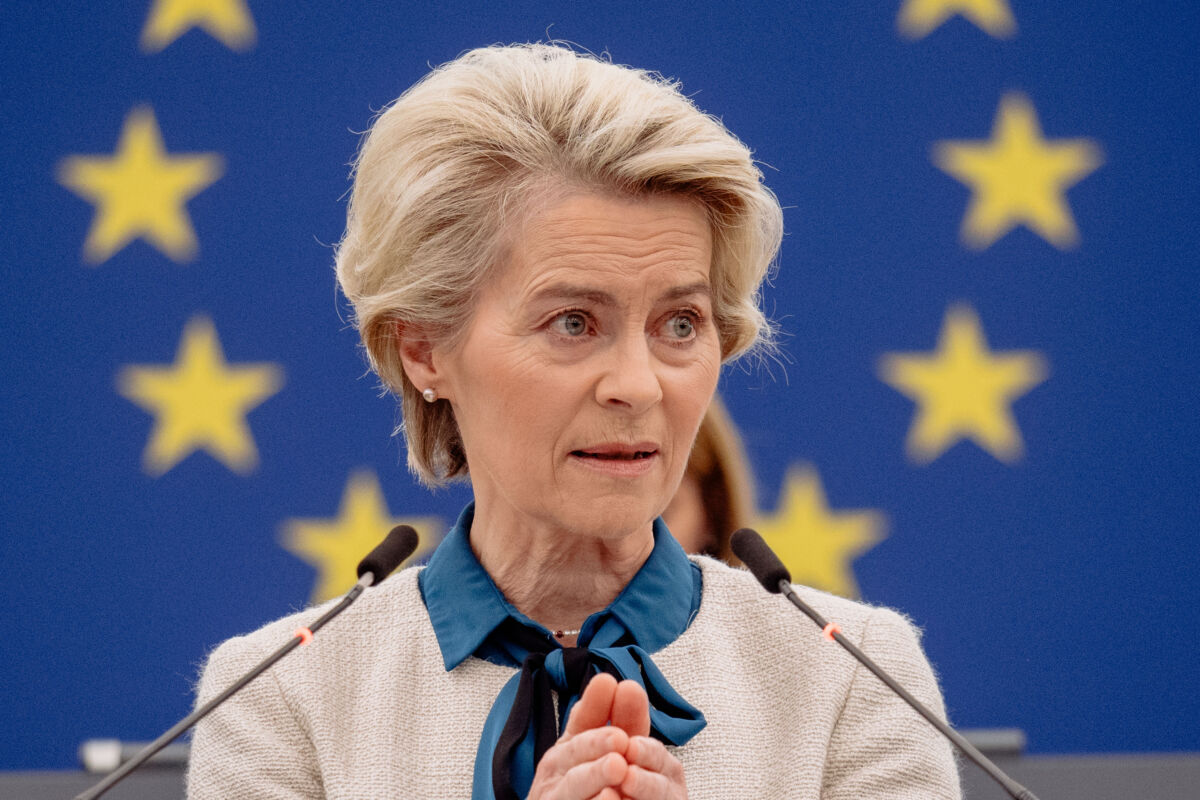Created amid the Covid-19 pandemic, the Health Emergency Preparedness and Response Authority (HERA) is designed to strengthen Europe’s preparedness by ensuring the provision of medical countermeasures in the event of major cross-border health threats. HERA can’t operate alone to achieve this – it must secure all its stakeholders’ contributions to fulfil its mission. HERA needs competent authorities in Member States as well as industries for the development, manufacturing, procurement, and distribution of key medical countermeasures. It needs civil society to understand the perspective of patients and healthcare professionals. And it needs the research community to better identify and understand outstanding risks, and shed light on effective response patterns.
An innovative stakeholder engagement structure
HERA has embraced a broader and more innovative approach to stakeholder engagement than other Directorates-General within the European Commission. Designed as a separate internal service, HERA has gained flexibility to move beyond existing approaches and develop its own stakeholder engagement strategy.
HERA’s governance structure reflects this ambition. The HERA Board, made up of representatives from Member States and relevant agencies, contributes to strategic planning, while the Advisory Forum, supported by the Civil Society Forum and the Joint Industrial Cooperation Forum, ensures input from a diverse group of stakeholders.
Coordinating such a multi-layered, participatory structure is complex. It might be easier to rely on top-down decision-making or closed-door bilateral consultations, which require less preparation, organisational effort, or accountability – and are better suited to reconciling divergent views. HERA’s choice to involve a broad spectrum of stakeholders demands more transparency, coordination, and consideration of diverse inputs. Its advisory structure highlights both the ambition and the effort of making governance truly participatory.
Stakeholders appreciate this more inclusive engagement strategy. Roughly half of those who responded to a recent survey perceive that HERA coordinates well with relevant actors. This figure rises slightly to 53 % when it comes to HERA’s engagement with industry, the research community, and civil society. While these numbers suggest HERA is on the right track, they also highlight that there is room for improvement.
One central question remains: does broad stakeholder engagement meaningfully inform and improve HERA’s activities, or is it primarily a symbolic exercise to gain democratic legitimacy?
Good intentions, weak execution
A well-constructed plan isn’t enough. HERA’s governance and advisory structures, while built on good premises, might still fall short in practice. The HERA Board was envisaged as a platform for strategic planning, while the advisory forums were meant to foster co-creation. Stakeholders participate in the process with high expectations in mind, but the execution has not fully matched the initial ambition. The HERA Board is in practice more of a channel for information exchange than strategic guidance, and the advisory forums are packed with one-sided briefings rather than bilateral exchanges. The lack of communication between meetings risks stalling momentum and undermining the continuity – and consequently the impact – of stakeholders’ contributions.
Based on our findings, stakeholders face difficulty in receiving or gathering relevant information from HERA. This limits their ability to engage and respond effectively or, in some cases, to engage at all. For example, visibility of funding opportunities and information on scope, budget, and requirements are perceived to be low, making participation burdensome and discouraging potential applicants. As a result, only a small circle of ‘insiders’ is able to comprehend the inaccessible EU jargon and navigate the bureaucracy successfully. Late and unclear calls for tenders and consultation processes that are often compressed into short timeframes are additional barriers.
Stakeholders remain uncertain about the impact of their contributions. They’re often asked to provide inputs through the advisory mechanism, as well as consultations and workshops, but interviewed stakeholders expressed frustrations that their feedback has rarely been translated into tangible outcomes. They’re not sure how their input is taken into account, leaving them with a ‘so what?’ sentiment. The lack of structured follow-up and a broken feedback loop undermine confidence in the process and the value of their involvement, creating a risk of disengagement over time. And indeed, a recent EESC report has identified it as a common problem among the EU institutions.
Our research shows that a recurring theme across stakeholders is the lack of clarity around HERA’s mandate and its division of responsibilities with other EU bodies. Overlapping initiatives and tensions with other Commission services create confusion and administrative burdens. In addition, what should be handled at national level (like stockpiling or medical countermeasures) and at EU level remains ambiguous.
Simple fixes, big gains
Despite these shortcomings, HERA’s stakeholder engagement approach is innovative and ambitious, and that should be recognised given the budget and autonomy constraints HERA is facing. By strengthening its impact orientation and reaffirming its commitment to its mission, HERA can turn stakeholder engagement from a box-ticking exercise into a highly effective tool.
In the future, HERA should clearly define and communicate roles and labour division, and adhere to them in practice. It should improve communication and accessibility of information and demonstrate concretely how stakeholder inputs are taken into account in the decision-making process, even when they don’t determine the outcome. Doing so would build trust, strengthen collaboration, and make its governance and advisory structures work as intended. These measures would not only reduce inefficiencies and duplication, but also encourage sustained, meaningful participation from stakeholders, ultimately increasing the effectiveness of HERA’s operations, and consequently Europe’s preparedness and ability to respond to future health threats.
In an era of fragile trust in institutions, a participatory, bottom-up model involving industry, civil society, and research institutions is more important than ever. Engagement with Member States is equally vital, as the health threats addressed by HERA are cross-border in nature, and the EU’s role is primarily one of coordination and support.
Setting up HERA within the Commission while allowing meaningful participation has been purposefully beneficial so far. HERA’s stakeholder engagement strategy could become a model for other Commission services. Its layered-structure, openness and availability are well appreciated and have become real assets for preparing and responding to future health crises.
Yet it remains to be seen how HERA could successfully navigate potentially conflicting stakeholder perspectives while aligning with the European Commission’s agenda and priorities, without disappointing stakeholders who have actively contributed.
To read the full report that this Expert Commentary is based on, please click here.





































